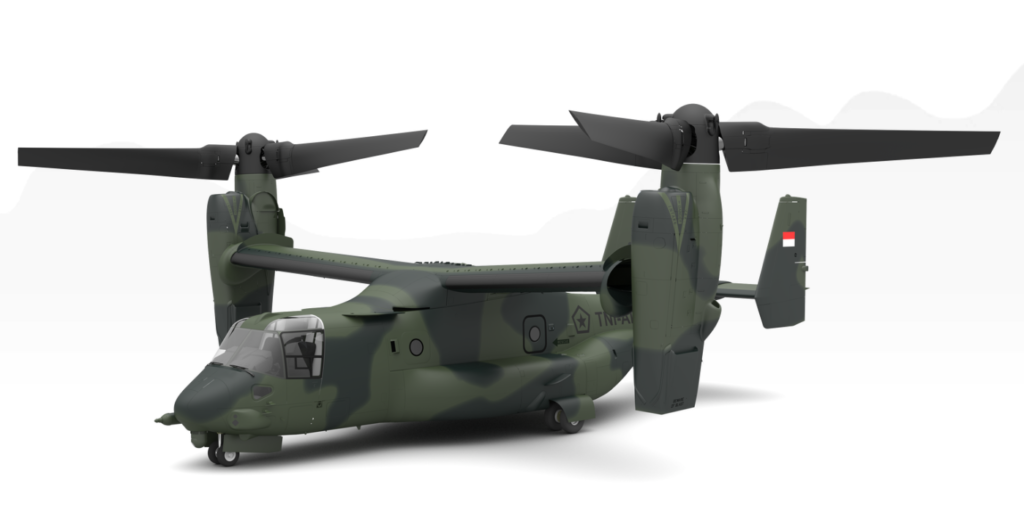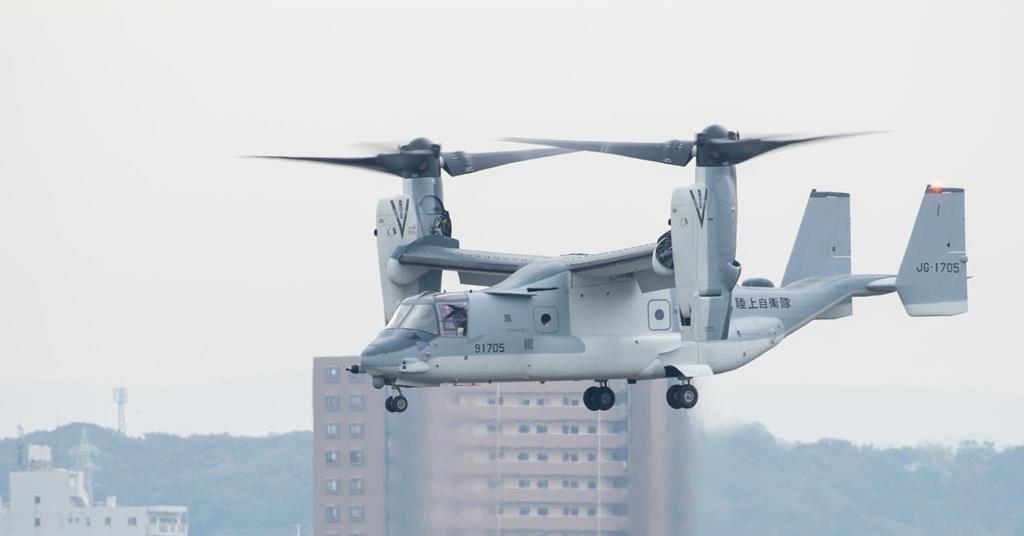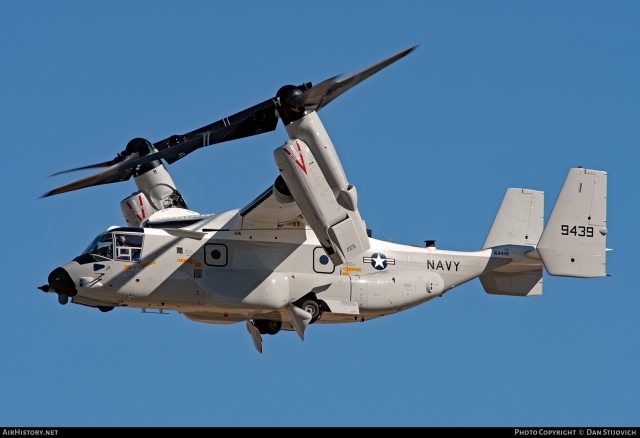Expanding on the issue of nacelle maintenance- from Vertiflite, March 2021
"
The Naval Air Systems Command (NAVAIR) announced
on Jan. 27 that it had awarded Bell Boeing a contract to
develop, design and install nacelle modification kits and
install conversion area harnesses on the CV-22 Osprey,
the Air Force Special Operations Command’s (AFSOC)
variant of the tiltrotor aircraft. Approximately 60% of
maintenance man hours are spent in the nacelles, said
Air Force Col. Brian Clifford, the PMA-275 CV-22 program
manager. Initial kit delivery and installations covered in
the contract are scheduled for completion in late 2021
at Bell’s Amarillo Assembly Center in Texas. The Marine
Corps and Navy are also looking to incorporate the
nacelle and wiring improvements onto the MV-22 and
CMV-22B variants. At a Feb. 4 VFS Federal City Chapter
meeting (see “Virtual Meetings Continue to Provide
Timely Information,” pg. 78), Marine Corps Col. Chris
Boniface noted that the Marines were planning a “V-22
Next” effort to improve availability, specifically calling out
the nacelles as a significant issue."






